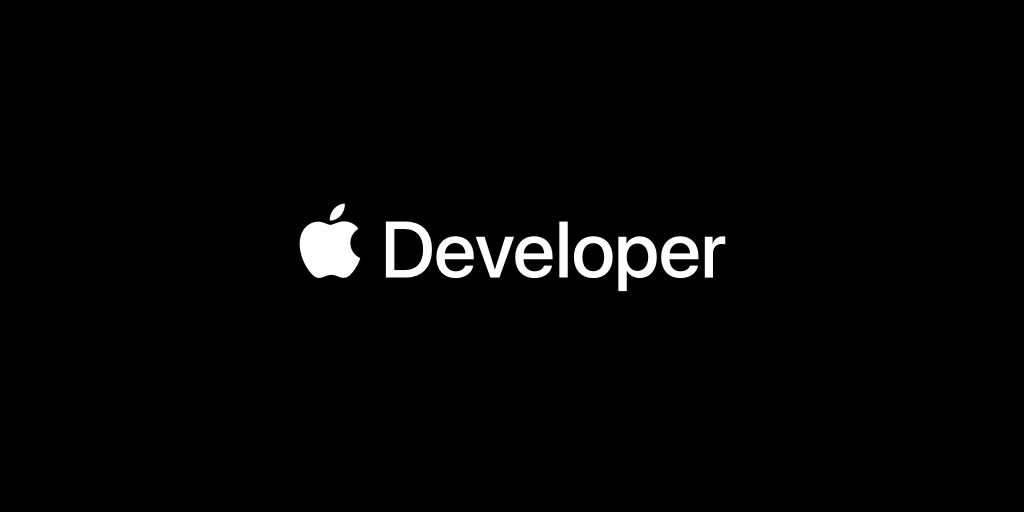- Published on
Learning Swift for Apple platforms
- Authors

- Name
- Phil Cool Beans
- @PhilCoolGames
Learning Swift for Apple platforms
Learning Swift for Apple platforms, such as macOS, iOS, watchOS, and tvOS, is a great way to get started with app development.
Here are some steps to help you learn Swift:
Set up your development environment: Make sure you have a Mac computer running the latest version of macOS. Install Xcode, which is Apple's integrated development environment (IDE) for Swift and app development. Xcode includes everything you need to write, debug, and test your Swift code.

Video Vision Pro Headset Swift
Familiarize yourself with the Swift language:
Swift is a modern and expressive programming language. Start by learning the basics of Swift syntax, data types, variables, constants, operators, control flow, functions, and object-oriented programming concepts. Apple provides an excellent resource called "The Swift Programming Language" that you can access for free on the Apple Books app or the official Swift website.
Learn UIKit or SwiftUI:
Depending on the platform you want to develop for, you can choose to learn either UIKit or SwiftUI. UIKit is the traditional framework for building user interfaces in iOS and macOS apps, while SwiftUI is a newer and more declarative framework that simplifies the process of building user interfaces across all Apple platforms. Apple's developer documentation includes guides and tutorials for both UIKit and SwiftUI.

Follow online tutorials and courses:
There are numerous online resources available to learn Swift and iOS/macOS development. Websites like Apple's developer documentation, Ray Wenderlich, Hacking with Swift, and Udemy offer tutorials, courses, and books dedicated to teaching Swift and Apple platform development. These resources often include hands-on projects and examples to help you practice and reinforce your learning.
Join the developer community:
Engaging with the developer community can provide valuable support and knowledge-sharing opportunities. Participate in online forums, such as the Apple Developer Forums or the Swift subreddit, where you can ask questions, share your projects, and learn from others. Additionally, consider attending local developer meetups or conferences to network with experienced developers and gain insights into the latest trends and practices in Swift development.

Build projects and practice:
The best way to solidify your knowledge and gain practical experience is by building your own projects. Start with small, manageable projects, and gradually increase their complexity as you progress. Consider creating simple apps, such as a to-do list, weather app, or a basic game. Practice is key to becoming proficient in Swift and developing your problem-solving skills.
Keep up with updates and new features:
Swift and Apple's development frameworks are continually evolving, so it's important to stay up-to-date with the latest updates, features, and best practices. Apple's developer website, Swift.org, and other Swift-focused blogs and newsletters can help you stay informed about new developments and advancements in the Swift ecosystem.
Remember, learning Swift takes time and practice. Be patient with yourself and enjoy the process of building your skills as an Apple platform developer.